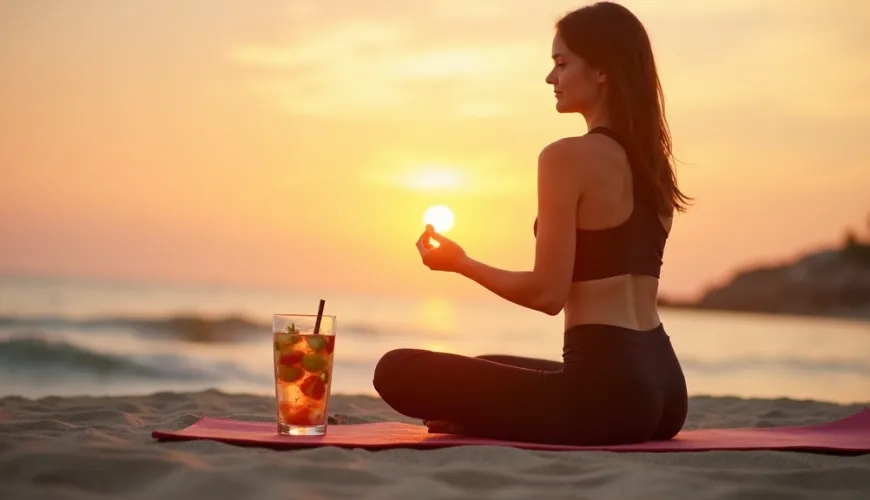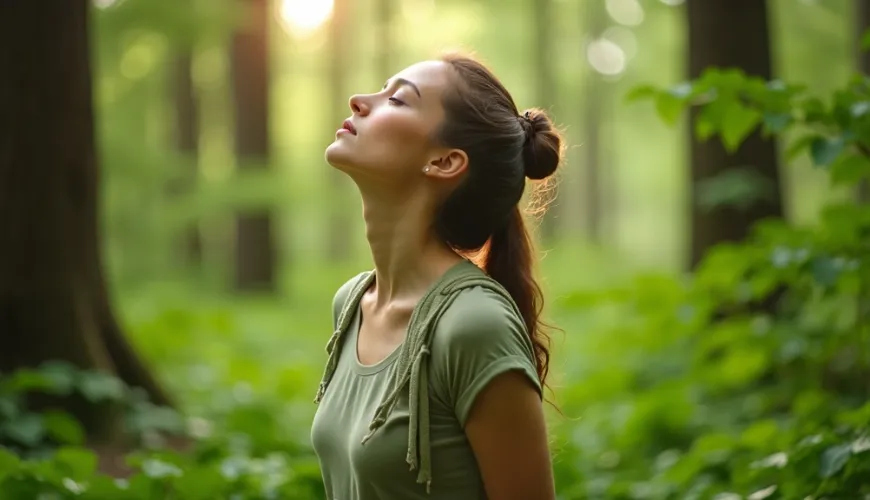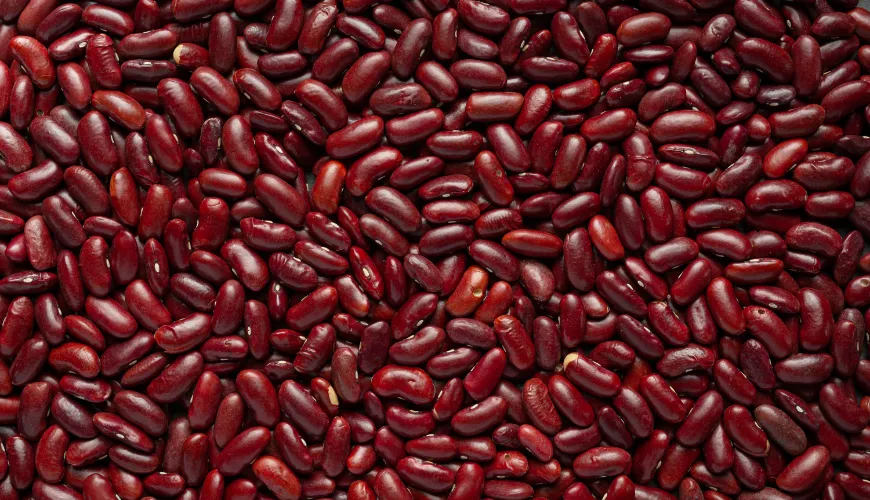
How long does sunstroke last and how to effectively avoid it

Heatstroke and Sunstroke - How Long Do They Last and What to Do About Them?
The summer months are inevitably associated with being in the sun, trips to nature, swimming, and outdoor sports. While the sun provides us with energy and a good mood, overexposure can be dangerous. Heatstroke and sunstroke are among the most common health complications during hot days. They are often confused, and although they have similar causes, they differ in symptoms and treatment. How long does sunstroke last? And what about heatstroke? How do they differ, and why are children more susceptible? And most importantly – when is it time to seek medical help?
Sunstroke vs. Heatstroke - It's Not the Same
At first glance, they may look similar – headache, nausea, fatigue. But sunstroke and heatstroke actually differ in cause and effect on the body.
Heatstroke occurs as a result of the body's overheating, which happens when the body cannot cool down quickly enough. It can occur even in the shade or in enclosed spaces – for example, when staying in an overheated car or poorly ventilated room. It typically appears during physical exertion in the heat, without adequate fluid intake, and when heat cannot be vented through sweating.
Sunstroke, on the other hand, is a direct consequence of prolonged exposure of the head and neck to sunlight. Excessive sunlight causes irritation of the meninges, which can lead to classic symptoms – headaches, nausea, vomiting, fever, or even confusion.
Both conditions are unpleasant and primarily dangerous if not treated in time. And the duration of symptoms and recovery is often a key question people ask. How long does sunstroke last? And how long does heatstroke last?
How Long Does Sunstroke Last?
The duration of sunstroke depends on several factors – the intensity of sunlight, the length of sun exposure, the age, and the health condition of the affected person. In mild cases, most people feel relief after a few hours of rest in the shade, hydration, and cooling down the body. In these cases, symptoms can completely disappear within 24 to 48 hours.
However, if the body has been exposed to sunlight for a longer period, or there has been significant irritation of the central nervous system, problems can persist longer – headaches, fatigue, and lethargy can last 2 to 3 days. In some cases, a mild fever or sleep disturbances may occur, prolonging recovery.
Special caution is needed with children. The question “How long does sunstroke last in children?" usually has a more complex answer. In young children, thermoregulation is less developed than in adults, and their bodies overheat more quickly. Moreover, children often cannot recognize warning signals of the body, such as thirst or fatigue, increasing the risk of more serious consequences.
In children, sunstroke can last several days if not recognized or treated correctly in time. The child may be tired, irritable, suffer from headaches, vomiting, and lack of appetite. If these symptoms last more than two days, or if high fever, confusion, or seizures occur, it is necessary to seek medical help immediately.
How Long Does Heatstroke Last?
Similar to sunstroke, it depends on many circumstances. Mild heatstroke, which occurs, for example, after brief overheating during a ride in a hot vehicle, can subside within a few hours if the body is given rest, plenty of fluids, and cooling.
Moderate heatstroke may manifest with fever, weakness, headaches, and the need to rest up to 48 hours before the body returns to normal. However, if there has been significant overheating, it can take up to a week for the body to fully recover.
In extreme cases, especially in older people or those with chronic illnesses, heatstroke can lead to a collapse of the thermoregulatory system, organ failure, or even life-threatening conditions. In these cases, recovery can be very prolonged and requires medical supervision.
A combination of both conditions is also possible – a person can be simultaneously sunburnt and overheated, creating a dangerous mix of sunstroke and heatstroke. Such cases need to be addressed immediately, and one should definitely not wait for it to "pass on its own."
How to Recognize the Difference and When to Act
Mrs. Lenka's experience from Prague shows how easily the situation can be underestimated. "We were at the swimming pool with my daughter, in the sun all day. In the evening, she started having a headache, vomiting, and had a fever. I thought it was a virus. The doctor at the hospital told us it was sunstroke."
Such cases are not uncommon. Sunstroke is often mistaken for other illnesses because symptoms like headache, fatigue, or lack of appetite are rather general. However, if they appear after prolonged sun or heat exposure, attention is needed.
Key warning signs:
- Severe headache
- Nausea or vomiting
- Fever
- Rapid heartbeat
- Confusion or lethargy
- Seizures (especially in children)
If any of these symptoms appear, it is necessary to immediately move the affected person to the shade or a cool environment, provide them with plenty of fluids, and seek medical help if the condition worsens.
How to Help the Body and What to Do During Recovery
Whether it's heatstroke or sunstroke, the body needs time to recover. The duration of recovery varies depending on the severity of the condition, but in any case, it is important to rest, drink plenty of fluids, and avoid direct sunlight for several days after the episode.
Natural remedies, such as herbal teas (e.g. mint, chamomile) or cold compresses with water and vinegar, can alleviate headaches and help cool the body. For children, it is recommended to provide a light diet, avoid physical activity, and monitor temperature.
And how to prevent these conditions? It sounds simple – hydration, shade, and moderation. On hot days, we should drink more than we feel thirsty, wear head coverings, loose clothing, and when staying outside, follow the motto: less is sometimes more.
As Dr. Marcela Šímová says: “The sun is a good servant but a bad master. Especially with children and the elderly, we must be cautious, as even a few minutes of inattention can lead to serious complications.”
Summer pleasures can be enjoyed without unpleasant consequences – just listen to your body and not underestimate the first warning signs. Because even though sunstroke or heatstroke usually do not last long, their aftereffects can trouble the body longer than expected. And it's certainly not worth a few minutes of inattention.

